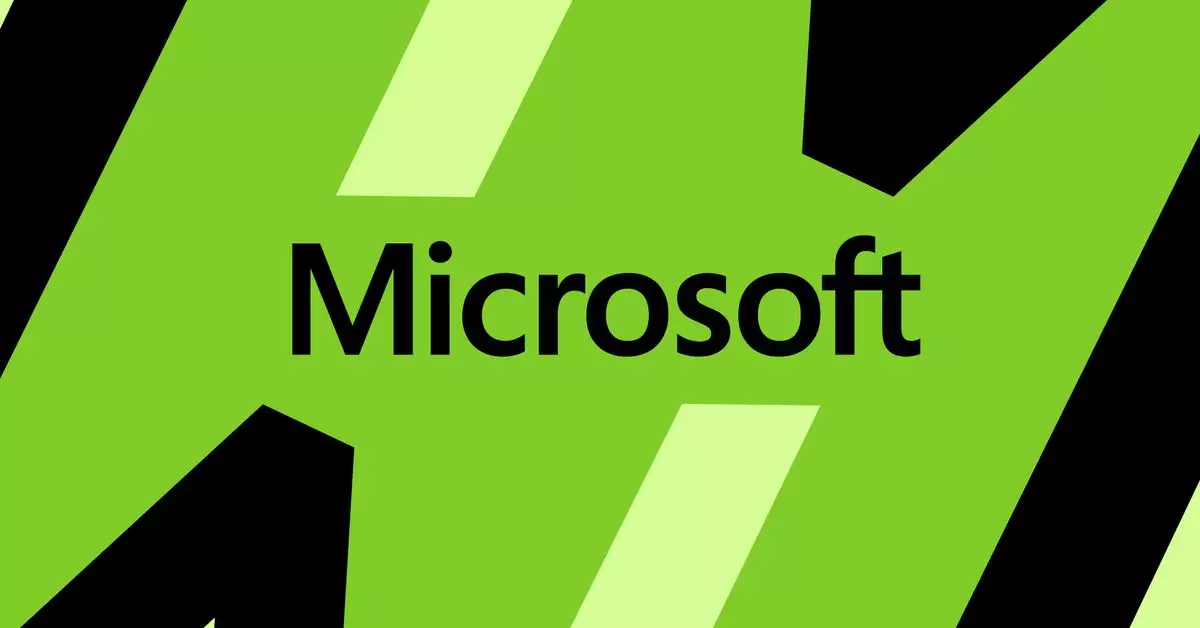Microsoft recently launched their latest lightweight AI model, Phi-3 Mini, as part of their ongoing effort to provide smaller, more efficient AI models for various applications. This new model, with 3.8 billion parameters, is the first in a series of three models that Microsoft plans to release, each with different parameter sizes. With the release of Phi-3 Mini, Microsoft aims to provide a more cost-effective and high-performing alternative to larger AI models like GPT-4.
The Phi-3 Mini model is trained on a smaller dataset compared to larger language models like GPT-4, making it more accessible and available on platforms like Azure, Hugging Face, and Ollama. According to Eric Boyd, corporate vice president of Microsoft Azure AI Platform, Phi-3 Mini is as capable as larger language models like GPT-3.5, but in a smaller and more compact form factor. This allows the model to provide responses that are comparable to models ten times its size.
Compared to their larger counterparts, small AI models like Phi-3 Mini offer several advantages. They are often cheaper to run and perform better on personal devices such as phones and laptops. Microsoft’s decision to focus on developing lighter-weight AI models aligns with a growing trend in the industry, as companies recognize the benefits of utilizing smaller models for specific tasks and applications.
Microsoft is not the only company investing in lightweight AI models. Competitors like Google and Meta have also developed their own small AI models, each catering to different use cases. Google’s Gemma models are well-suited for chatbots and language-related tasks, while Meta’s Llama models are designed for coding assistance and chatbot applications. These competing models highlight the diverse range of applications for lightweight AI models in the market.
Microsoft’s development of Phi-3 Mini involved a unique training approach inspired by how children learn from simplified language and structured information. Developers trained Phi-3 using a curated list of words and phrases, allowing the model to learn in a more systematic and structured manner. This approach helped Phi-3 build on the knowledge acquired from previous iterations, with a specific focus on improving coding and reasoning capabilities.
While lightweight AI models like Phi-3 offer cost-effective and efficient solutions for specific use cases, they also have limitations. These models may not have the breadth of knowledge or capabilities of larger models like GPT-4, which are trained on vast amounts of data from the internet. As a result, there are differences in the types of answers and responses that smaller models like Phi-3 can provide compared to their larger counterparts.
Boyd notes that many companies find smaller AI models like Phi-3 to be more suitable for their custom applications, especially when working with smaller internal data sets. The flexibility and efficiency of lightweight models make them an ideal choice for companies looking to optimize their AI solutions for specific tasks and scenarios. By leveraging models like Phi-3, companies can achieve better performance and cost-effectiveness in their AI applications.
Microsoft’s release of the Phi-3 Mini model represents a significant advancement in the development of lightweight AI models. With its focus on cost-effectiveness, performance, and customizability, Phi-3 Mini and other small AI models offer promising solutions for a wide range of applications. As companies continue to explore the potential of AI technology, lightweight models like Phi-3 are poised to play a critical role in driving innovation and efficiency in the industry.


Leave a Reply